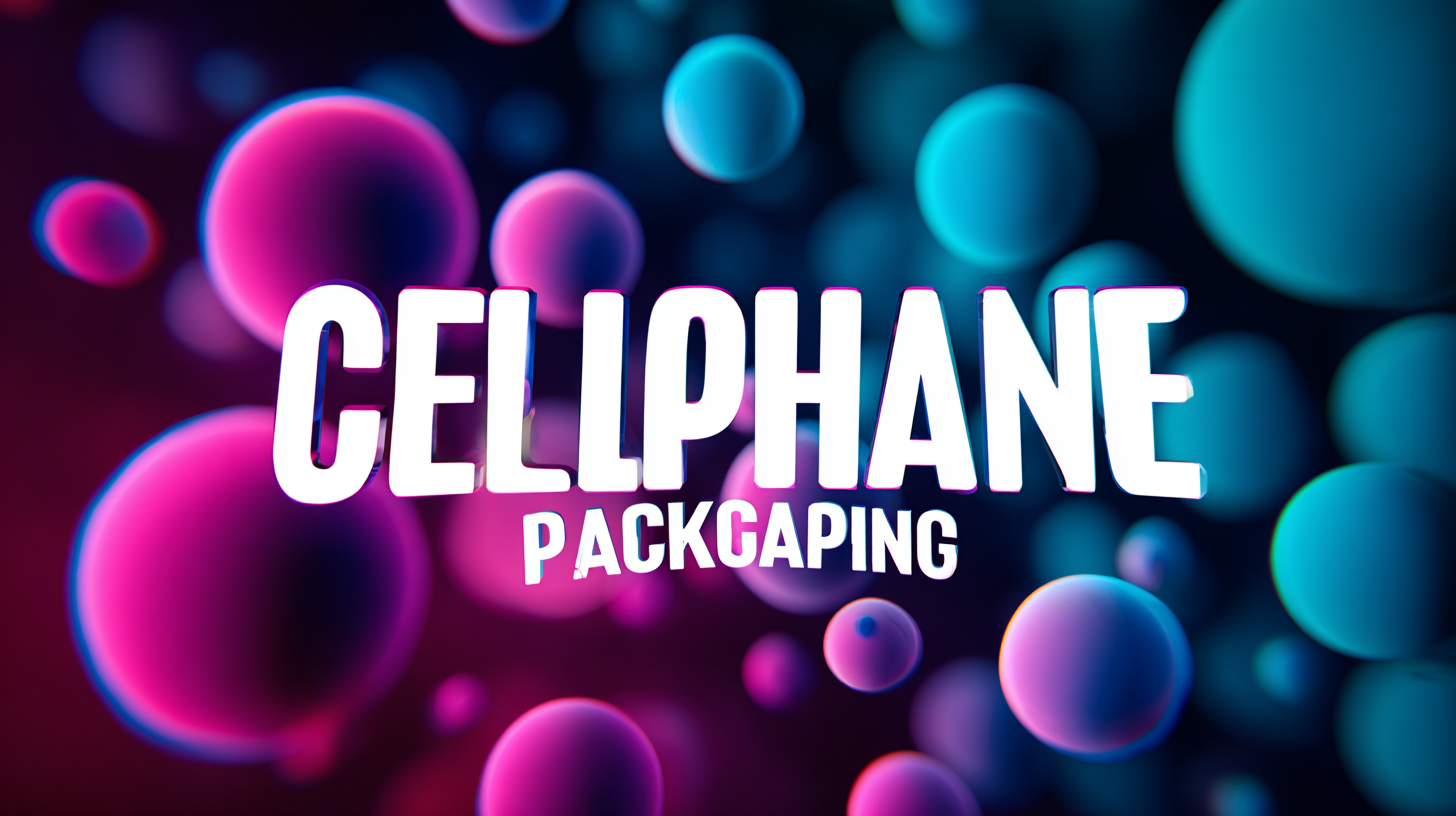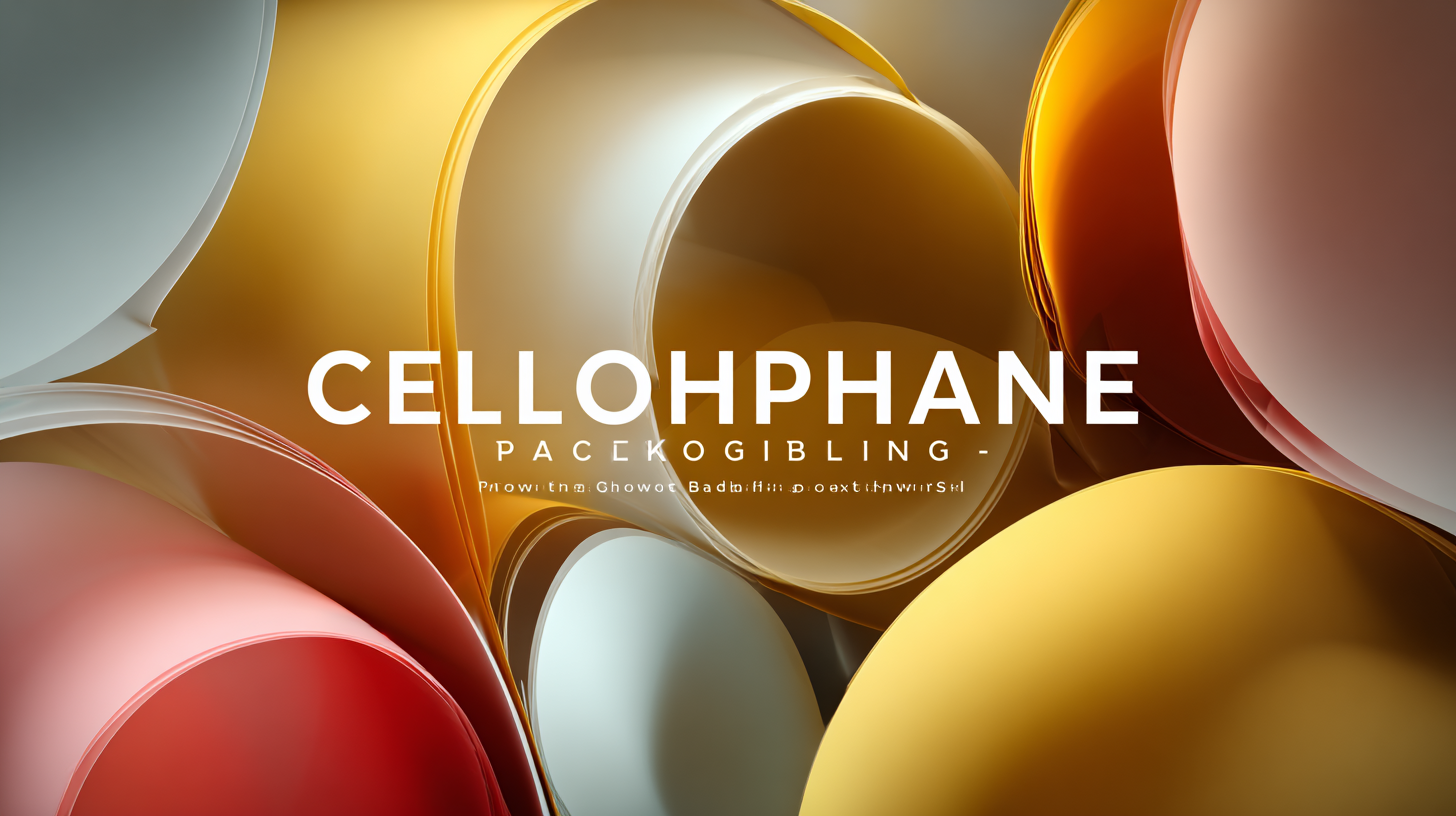Call for Price: 0086-15515573212
In today's competitive market, the choice of packaging plays a crucial role in not only protecting products but also enhancing their appeal and sustainability. Cellophane packaging, known for its biodegradable properties and excellent barrier qualities, is increasingly favored across various industries. According to a recent report by Smithers Pira, the global demand for sustainable packaging solutions, including cellophane, is projected to reach $500 billion by 2026, driven by growing consumer awareness and regulatory pressures for eco-friendly options. Businesses looking to optimize their product presentation and maintain a lower environmental footprint must carefully consider their packaging choices. This ultimate guide aims to provide detailed technical parameters and "how-to" insights on selecting the best cellophane packaging tailored to specific business needs, ensuring that you stay ahead in a rapidly evolving market.

 Cellophane is a versatile packaging material that has gained popularity among businesses due to its unique properties. Made from regenerated cellulose, cellophane is biodegradable and offers a sustainable alternative to plastic. One of its most distinguished features is its excellent barrier properties, which protect products from moisture, air, and contaminants. This makes cellophane an ideal choice for packaging food items, cosmetics, and various retail goods, ensuring that products remain fresh and pristine. Moreover, its transparent nature allows consumers to see the product inside, enhancing visibility and appeal.
Cellophane is a versatile packaging material that has gained popularity among businesses due to its unique properties. Made from regenerated cellulose, cellophane is biodegradable and offers a sustainable alternative to plastic. One of its most distinguished features is its excellent barrier properties, which protect products from moisture, air, and contaminants. This makes cellophane an ideal choice for packaging food items, cosmetics, and various retail goods, ensuring that products remain fresh and pristine. Moreover, its transparent nature allows consumers to see the product inside, enhancing visibility and appeal.
In addition to its protective qualities, cellophane is also user-friendly and can be easily printed on, making it suitable for branding and marketing. Its natural, tactile feel adds a touch of elegance to packaging, which can elevate a brand’s image. Furthermore, cellophane is available in various thicknesses and finishes, providing businesses with flexibility to customize their packaging according to specific needs. From gift wrapping to product packaging, understanding the properties and benefits of cellophane can help businesses make informed decisions that align with their sustainability goals and enhance their packaging appeal.
 When considering cellophane packaging for your business, it’s essential to understand the different types available and how they can meet your specific needs. Cellophane is known for its biodegradable properties and versatility, making it an excellent choice for various products. You can find options such as clear cellophane bags, rolls, and wraps that cater to specific uses ranging from food packaging to gift wrapping. Notably, according to recent studies, biodegradable packaging like cellophane can significantly reduce plastic waste, aligning with the rising consumer demand for sustainable products.
When considering cellophane packaging for your business, it’s essential to understand the different types available and how they can meet your specific needs. Cellophane is known for its biodegradable properties and versatility, making it an excellent choice for various products. You can find options such as clear cellophane bags, rolls, and wraps that cater to specific uses ranging from food packaging to gift wrapping. Notably, according to recent studies, biodegradable packaging like cellophane can significantly reduce plastic waste, aligning with the rising consumer demand for sustainable products.
Tips: When selecting cellophane packaging, consider the thickness and strength of the material. Thicker options provide better durability, while lighter varieties may be more suitable for items like gifts or delicate goods. Additionally, employing custom printing on cellophane packaging can enhance brand visibility and attractiveness, particularly for festive promotions, as highlighted in DIY edible gift ideas.
Moreover, as environmental concerns continue to grow, exploring sustainable alternatives, such as plant-based or leaf packaging, is also vital. These solutions not only mitigate plastic waste but can also appeal to eco-conscious consumers. Ensuring that your packaging is both functional and environmentally friendly can set your business apart in a competitive market.
When selecting cellophane packaging for your products, it’s essential to consider several key factors that can impact both your branding and the protection of your items. First and foremost, the clarity and transparency of cellophane can greatly affect how your products are perceived. A high-quality, clear cellophane will enhance the visibility of your product, making it more appealing to customers.
Another important factor is the thickness of the cellophane. Thicker cellophane offers better durability and protection against external elements, which is crucial for products that need to maintain their quality during transit or display. Consider the specific needs of your products, as delicate items may require a more robust packaging solution.
Additionally, the environmental impact of your packaging choice should not be overlooked. Opt for biodegradable or compostable cellophane options whenever possible. Not only does this align with growing consumer preference for sustainable practices, but it also enhances your brand’s image as a responsible and eco-friendly business. By keeping these key factors in mind, you can effectively choose the best cellophane packaging that meets your business needs.
| Factor | Description | Importance |
|---|---|---|
| Material Thickness | The gauge or thickness of the cellophane affects durability and appearance. | High |
| Transparency | Clear cellophane enhances product visibility, essential for retail. | Medium |
| Moisture Resistance | Ability to protect contents from moisture is crucial for food products. | High |
| Biodegradability | Choosing eco-friendly options can enhance brand image and appeal. | High |
| Cost | Balancing quality and affordability is key for sustainable business operations. | Medium |
| Sealability | Choosing packaging that can be effectively sealed is important for product freshness. | High |
Sustainability in packaging has become a central focus for businesses aiming to meet consumer expectations and regulatory requirements. According to a recent report by Smithers Pira, the global market for sustainable packaging is set to reach over $400 billion by 2024, with a significant portion attributed to eco-friendly materials like cellophane. This biodegradable option not only aligns with the growing demand for environmentally responsible products but also provides a viable alternative to traditional plastic packaging, which can take hundreds of years to decompose.
Moreover, a study from the Sustainable Packaging Coalition shows that 67% of consumers are willing to pay more for products packaged in sustainable materials. This shift highlights the potential for businesses to enhance brand loyalty and attract new customers by adopting cellophane packaging, which is derived from renewable sources. As companies strive to reduce their carbon footprint, transitioning to cellophane can not only bolster sustainability efforts but also improve supply chain efficiency, as it is lightweight and can reduce shipping costs.
As businesses navigate the evolving landscape of packaging, cellophane is making a significant comeback. Its eco-friendly characteristics and versatile applications make it an appealing choice for brands looking to align with sustainability trends. Moving forward, we expect advanced innovations in cellophane production, such as bio-based materials and improved recycling processes that will further enhance its appeal to environmentally conscious consumers.
When choosing cellophane packaging, consider the following tips: First, analyze your product's requirements—cellophane is available in various thicknesses and finishes. Ensure that the chosen type preserves your product while also aligning with your brand's aesthetic. Second, stay informed about emerging trends, such as the rise of biodegradable options. Incorporating these into your packaging strategy can not only enhance your brand's reputation but also meet consumer demand for sustainable practices.
Additionally, explore collaborations with suppliers who prioritize innovation. This partnership can lead to customized solutions that address your unique needs while keeping you ahead of market trends. Adapting to these future developments will not only impact your operational efficiency but also resonate with modern consumers who value sustainability in their purchasing decisions.